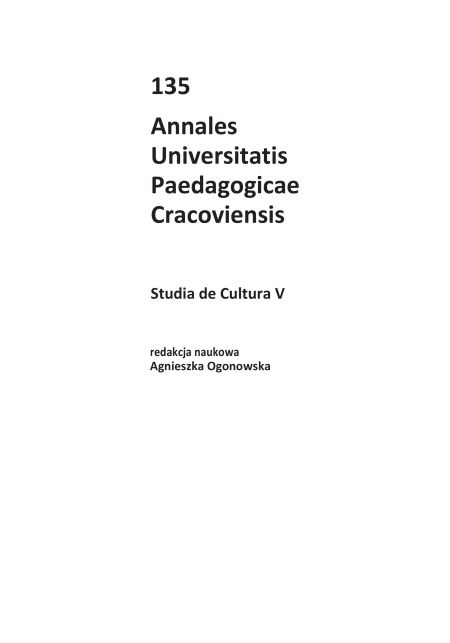Abstract
Great writers and great directors: the media conflict in literature-to-film adaptations
Moving prose to the screen is not a simple operation of transforming words into images and sounds. The languages of literature and cinema are so different that the cinematographic adaptation actually means creating a new piece of art - that the film is - from the beginning. The movies that I would like to present draw deeply on the written text, but at the same time they do not reduce it only to a context or inspiration and they are not an exact screening. Instead, they become a unique cinematographic interpretation of literature - a meeting between great prose and great cinema. I would like to prove that adaptations such as Mother Joan of the Angels, The Hour-Glass Sanatorium and A Gentle Creature stand as a nobilitation of literature, showing its audiovisuality by means of carefully thought out images and sounds. However, every interpretation depends on an individual vision of the author, therefore it would be a mistake to judge it by the accuracy of translation.
References
Biedrzycki K. (1986), O filmach Piotra Dumały, „Kino”, nr 10.
View in Google Scholar
Bonarski A. (1973), Schulz nie zjawił się w kinie, „Kultura”, nr 51/52.
View in Google Scholar
Burzyńska-Keller M. (2000), Traktat o Manekinach według Bruno Schulza i Wojciecha Hasa, „Kwartalnik Filmowy”, nr 31–32.
View in Google Scholar
Dobrowolski J. (2002), Mag Dumała, „Kino”, nr 6.
View in Google Scholar
Drygas M., Gazda J. (1997), Dochodzenie do Dostojewskiego, „Kwartalnik filmowy”, nr 19–20.
View in Google Scholar
Dumała P. (1995), Moje fascynacje, „Kino”, nr 3.
View in Google Scholar
Guerin Castell A. (1997), Sztuka wierności własnej wierności, „Kwartalnik Filmowy”, nr 18, tłum. G. Stryszowska.
View in Google Scholar
Helman A. (1986), Matka Joanna od Aniołów (Przesłanie, którego nie ma w opowiadaniu), „Kino”, nr 4.
View in Google Scholar
Helman A. (1998), Twórcza zdrada, Poznań.
View in Google Scholar
Jackiewicz A. (1968), Film jako powieść XX wieku, Warszawa.
View in Google Scholar
Jakubowska M. (2010), Czasowe warstwy narracji Sanatorium pod Klepsydrą Wojciecha Jerzego Hasa, „Kwartalnik Filmowy”, nr 71–72.
View in Google Scholar
Janicki S. (1977), Film polski od A do Z, Warszawa.
View in Google Scholar
Kantor T. (1984), Wielopole, Wielopole, Kraków–Wrocław.
View in Google Scholar
Kołodyński A. (2001), Zarębski K., Słownik Adaptacji Filmowych, Bielsko-Biała.
View in Google Scholar
Kuśmierczyk S. (1997), Szkic antropologiczny, „Kwartalnik Filmowy”, nr 17.
View in Google Scholar
Litka P. (2003), Tylko dwie sceny. Wizja galicyjskiego miasteczka w Sanatorium pod Klepsydrą Wojciecha Jerzego Hasa, „Kwartalnik Filmowy”, nr 43.
View in Google Scholar
McFarlane B. (1999), Tło, problemy i nowe propozycje, „Kwartalnik Filmowy”, nr 26–27, tłum. S. Sikora.
View in Google Scholar
Rewińska E., Szatkowska M.J. (2009), Film w szkole, Warszawa.
View in Google Scholar
Sandauer A. (1973), Czy Norwid polował na niedźwiedzie?, „Dialog”, nr 10.
View in Google Scholar
Sobolewski T. (1997), Glosa o Dumale, „Kwartalnik filmowy”, nr 19–20.
View in Google Scholar

